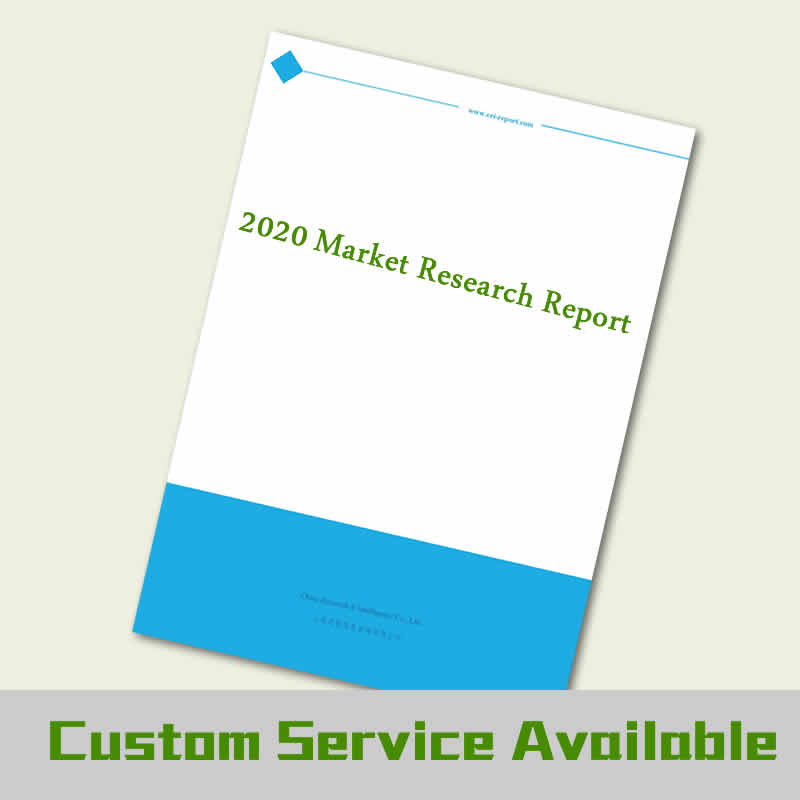Description
Lactose free butter Market Overview
This report anticipates the Lactose-free butter products market to surpass USD XX Billion by 2030, which is valued at XX billion in 2019 at a compound annual growth rate of XX%. The popularity and demand of lactose-free dairy products market globally are projected to experience an impressive growth in the upcoming years due to the growing population intolerant to lactose across the globe.
According to the report the market growth is fueled due to advent of rising the worldwide popularity and demand for lactose-free dairy products in the coming years due to a growing global lactose intolerance population.
Global Lactose free butter market: Segments
The Lactose free butter market can be segmented on the basis of product type, applications, form. It has been further segmented on the basis of region into North America, Europe, Asia-Pacific, Mid East and Africa
On the basis of form, the lactose-free dairy market can be categorized into powder, liquid, and semi-solid. The semi-solid segment is anticipated to register XX% of the volume share and is expected to grow at a highest CAGR.
Global Lactose free butter market: Drivers and Restraints
Increase in per head expenditure on lactose free products to propel market growth
Both developed and developed countries expect an increase in per-capita expenditure on milk products to drive growth in lactose-free butter products. During the forecast period, this rising market for lactose-free milk and butter gives dairy manufacturers substantial growth opportunities. It increases lactose-free butter consumption and sales across various national markets.
Rising number of competitive firms to act as restraints
Rising tough competition from dairy substitutes, such as nuts and cereals, might hinder the growth of lactose-free butter products market. Factors such as high comparative cost, lack of awareness about the benefits of lactose free products and unawareness about the harms of lactose especially in developing and rural areas may hamper the growth of the market.
Lactose free butter market: Regions
The region segment can be further divided into five major types including North America, Latin America, Europe, APAC and MENA.
The market in this segment for different forms of flavored lactose is expected to rise significantly in the future. The area also saw major rises in the number of millennial populations, which are the key consumers of food. The surge in the millennial population is therefore anticipated to bring significant business growth opportunities.
Lactose free butter market: Key players
• Nestle
o Business Strategy
o Key Product offerings
o Financial performance
o Key Performance Indicators
o Risk Analysis
o Recent Development
o Regional Presence
o SWOT Analysis
• The Danone Company Inc.
• Arla Foods
• Valio International.
• Galaxy Nutritional Foods
• Kerry Group
• Edlong Dairy Technologies
• OMIRA GmbH
• Fonterra Co-Operative Group Limited
• Daiya Foods
• Amul
• McNeil Nutritionals
The Lactose free butter market report also contains analysis on:
Lactose free butter market segments:-
• By form:
o Powder
o liquid
o semi-liquid
• By applications:
o Household
o Commercial
• By Distributional channel:
o convenience stores
o hypermarket/supermarket
o e-retailers
o specialty stores
• Lactose free butter market dynamics
• Lactose free butter market size
• Supply & Demand
• Current Trends/Issues/Challenges
• Competition & Companies Involved in the Market
• Value Chain of the Market
• Market Drivers and Restraints


